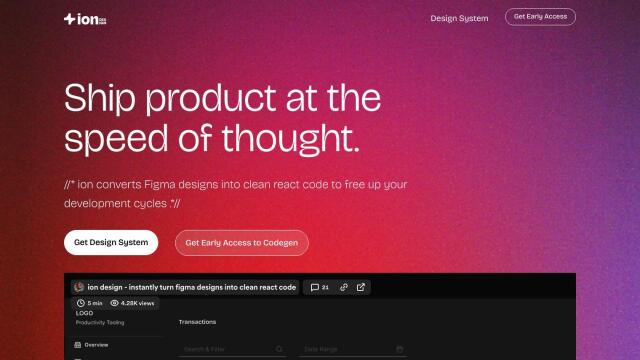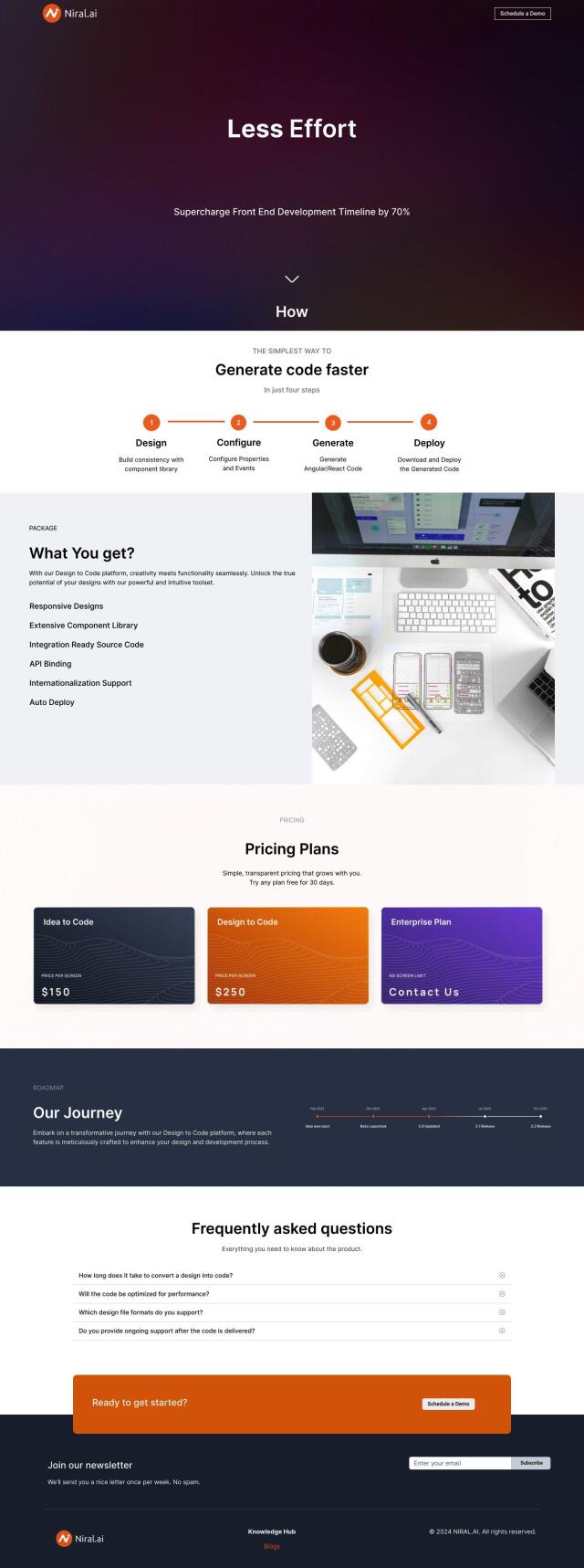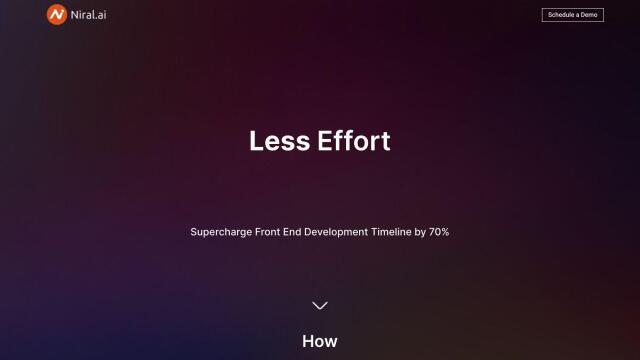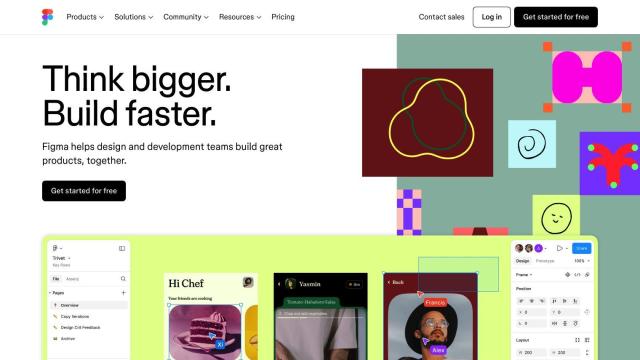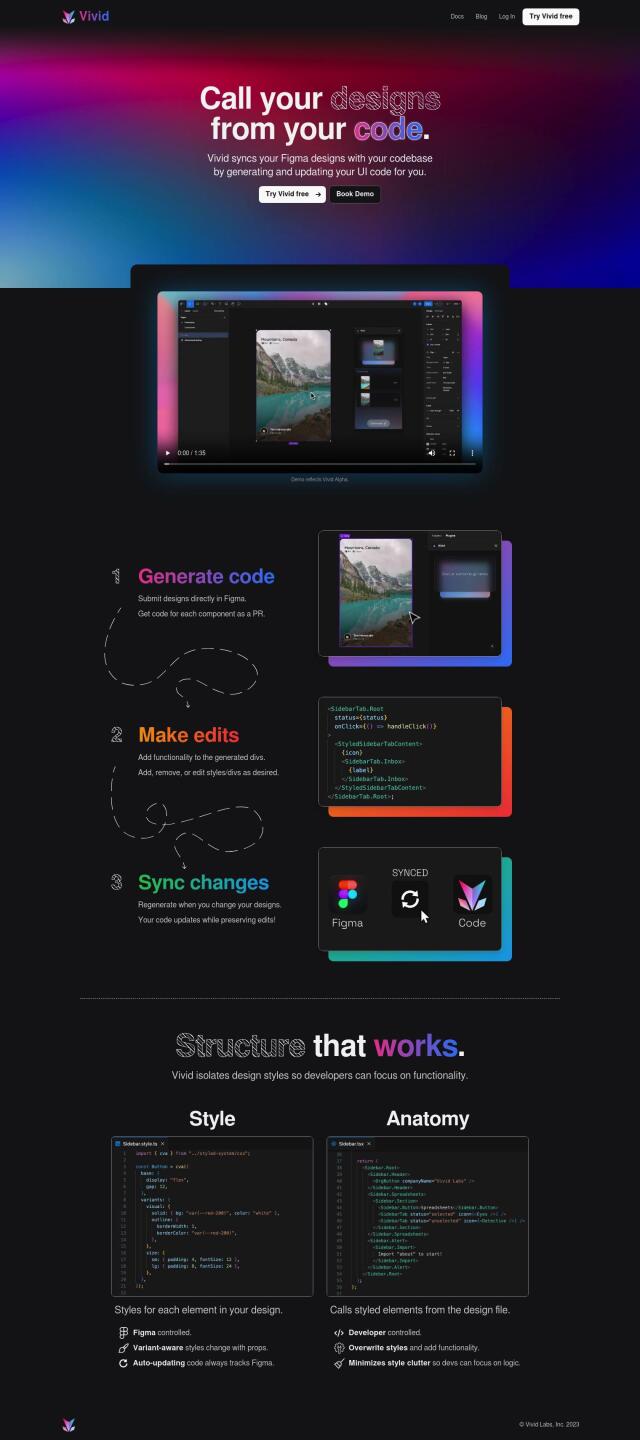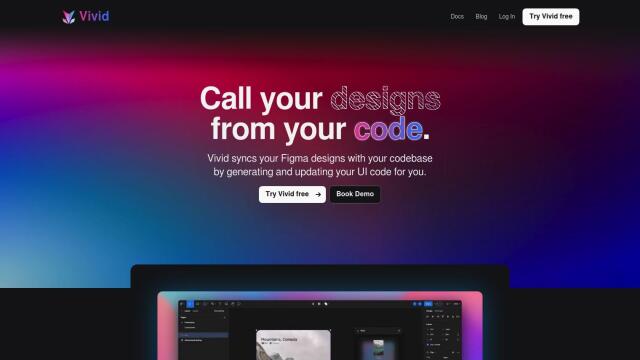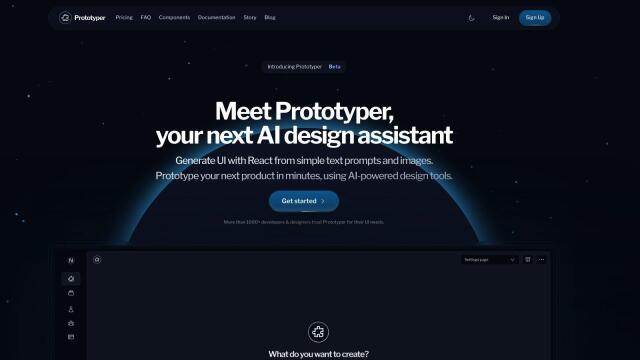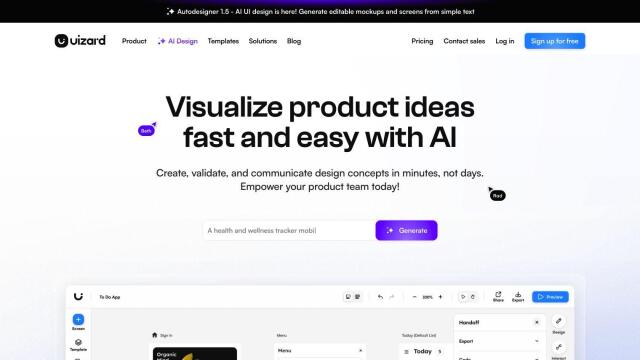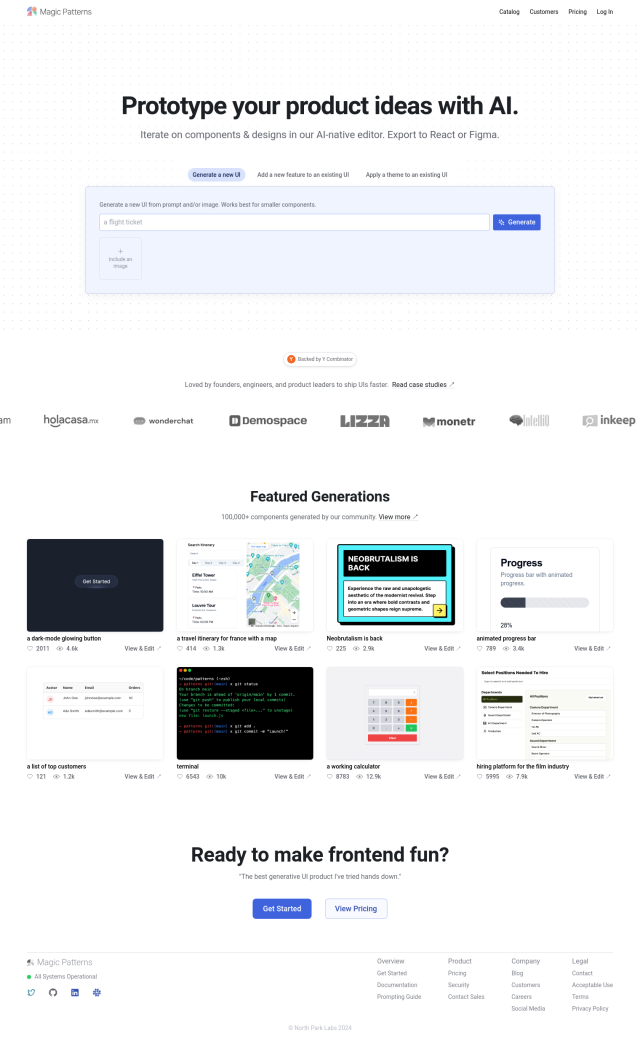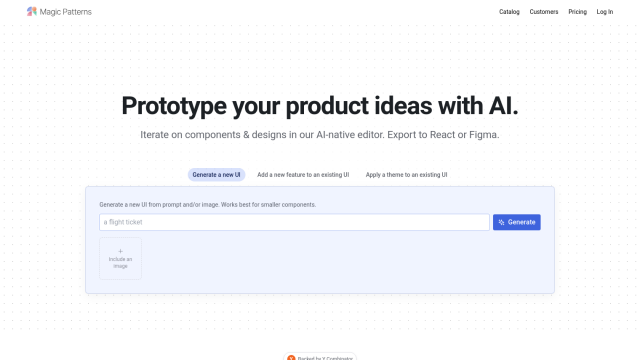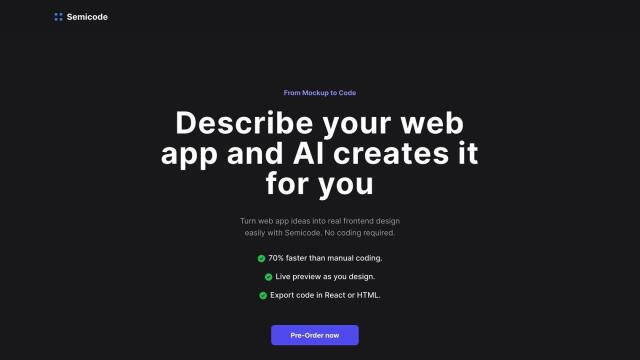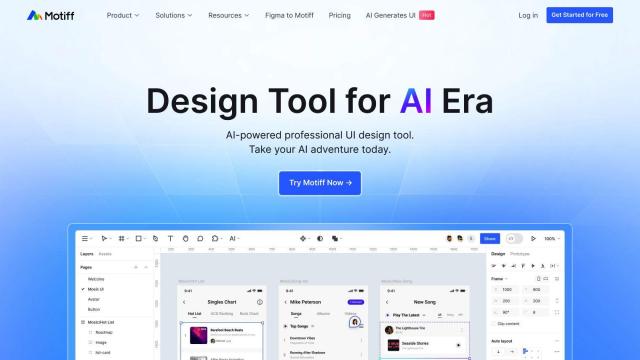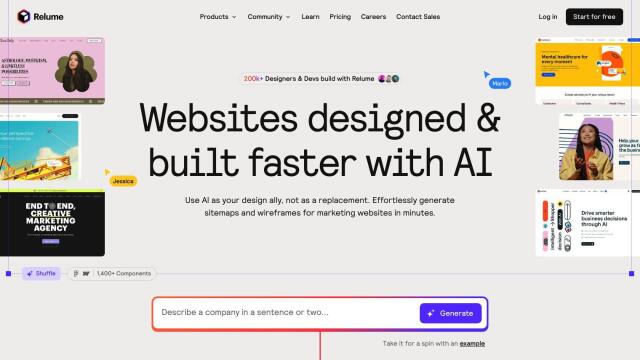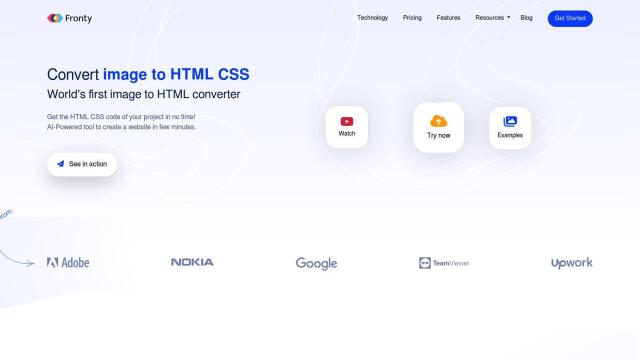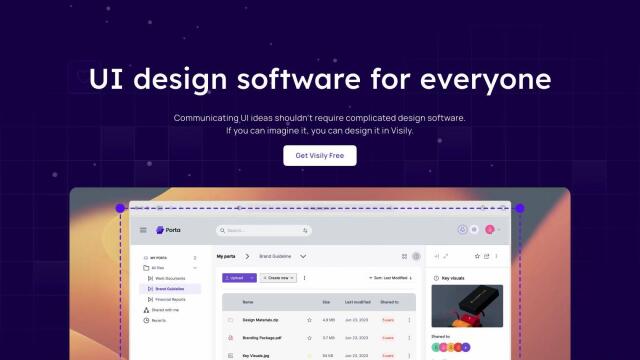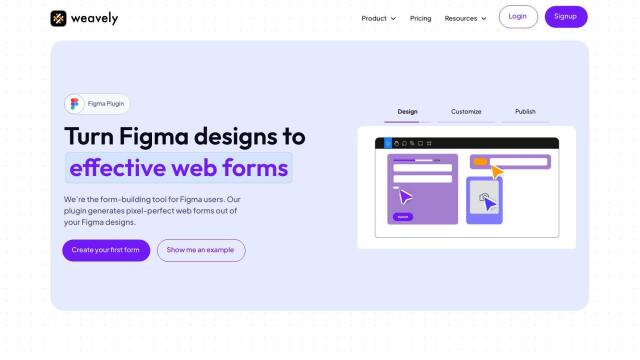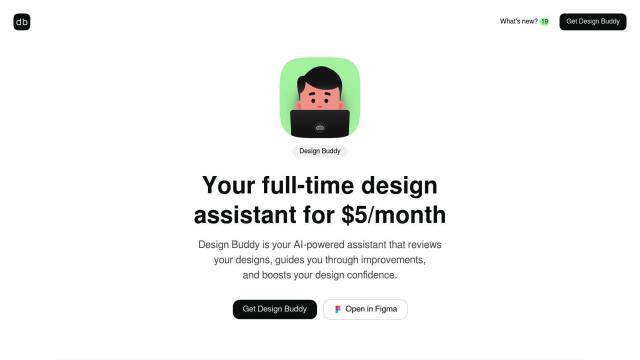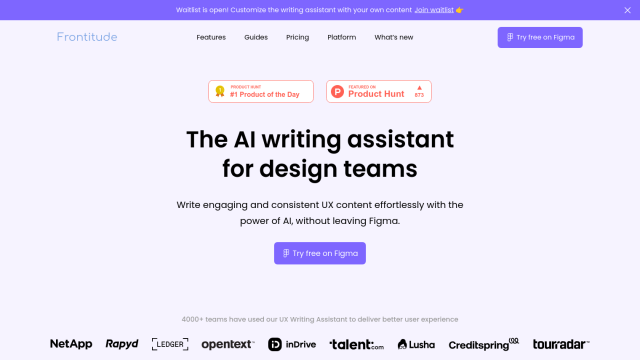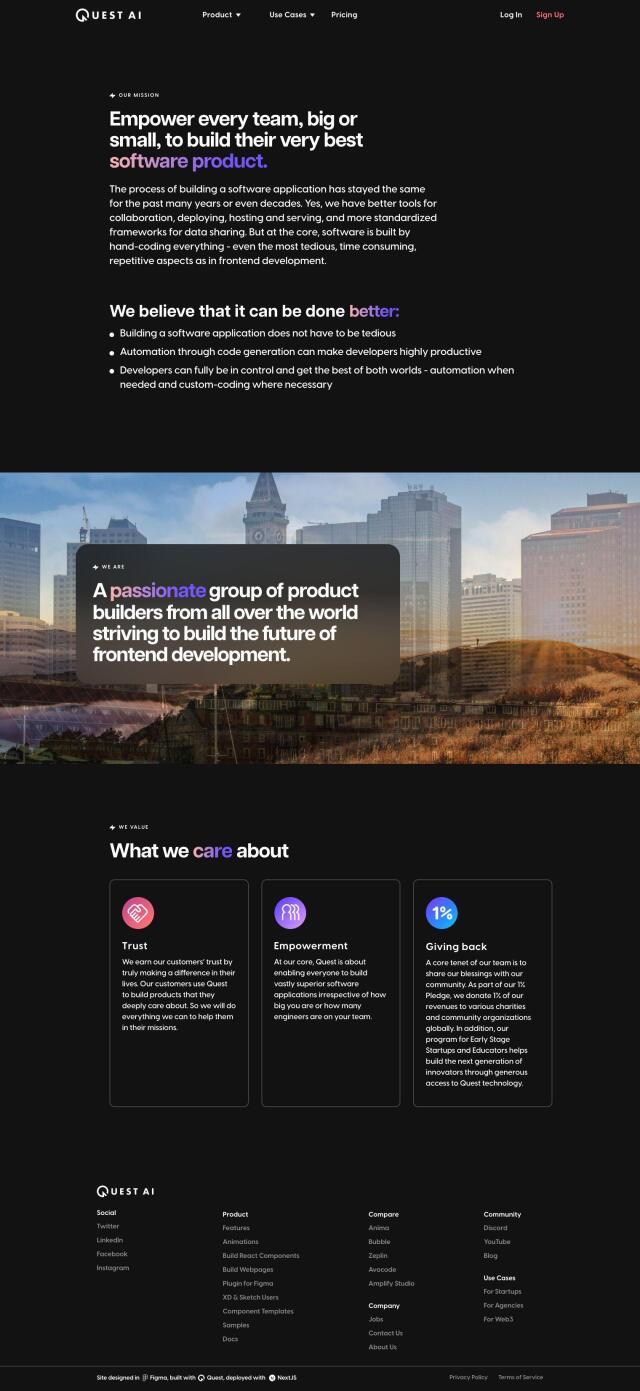
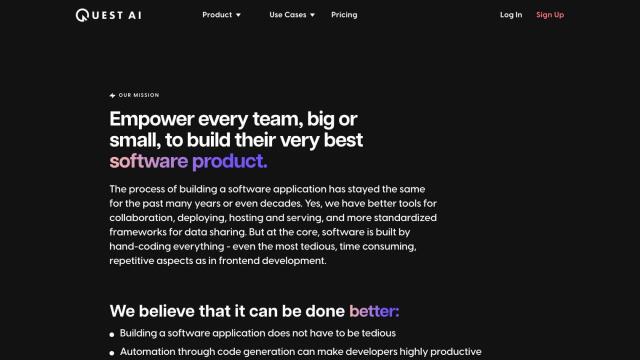
Quest
If you're looking for a Kombai alternative, Quest is another top option. It turns Figma designs into React components, letting you automatically generate responsive, multiscene experiences with neat, modular code. The tool is geared for design systems and component libraries, and offers features like a Figma to Code tool, animation library and separation of concerns. It's geared for development teams, with collaboration abilities through apps and workspaces.

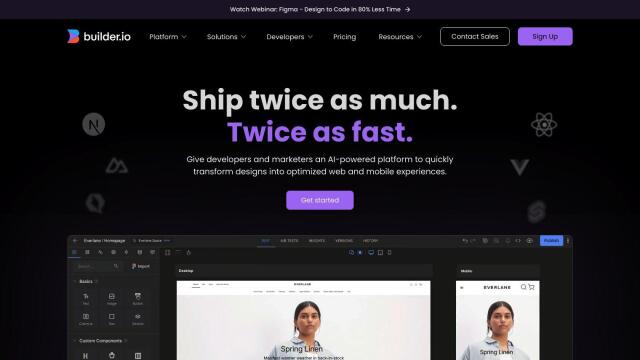
Builder.io
Another top contender is Builder.io. The suite of tools lets developers and marketers turn designs into web and mobile apps fast with AI. It's got a Visual Copilot that refines AI-generated code in real time, a drag-and-drop visual editor for collaboration, and support for frameworks like React, Vue and Angular. The service has component mapping, a global CDN and tools for content delivery and optimization, so it's good for teams that want to speed up their development pipeline.
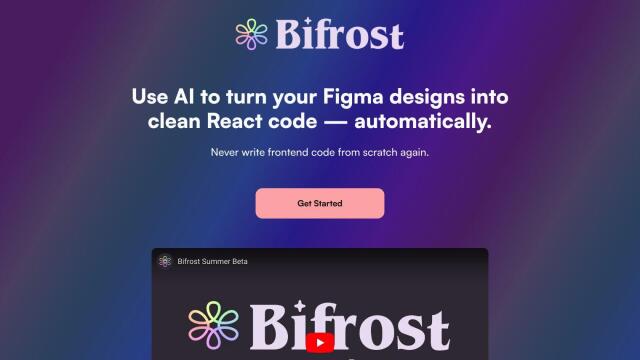
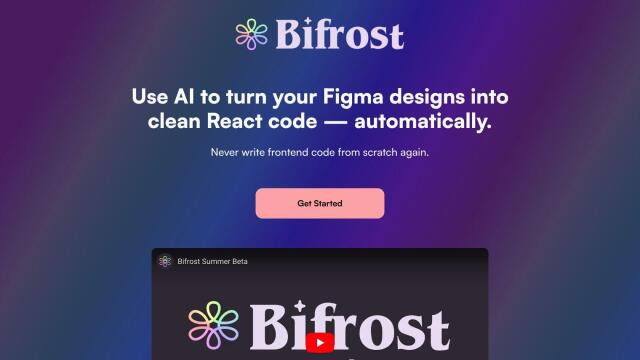
Bifrost
Bifrost is another contender, using AI to convert Figma designs into clean, type-safe React code. It supports frameworks like Tailwind and Chakra, and can generate entire sets of components from Figma designs. Bifrost's ability to quickly update components with new design changes makes it a good option for developers and designers who want to free themselves from tedious coding work and speed up development cycles.

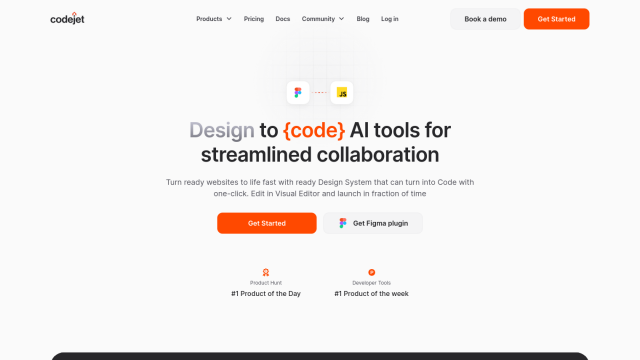
Codejet
Last, Codejet offers a service that bridges the gap between design and development by automatically converting designs into code. It's got a centralized Design System, AI code generation and a visual editor to fine-tune the generated code. Codejet supports responsive web design and has deployment options, so it's good for teams that want to speed up their workflow and improve collaboration between designers and developers.



